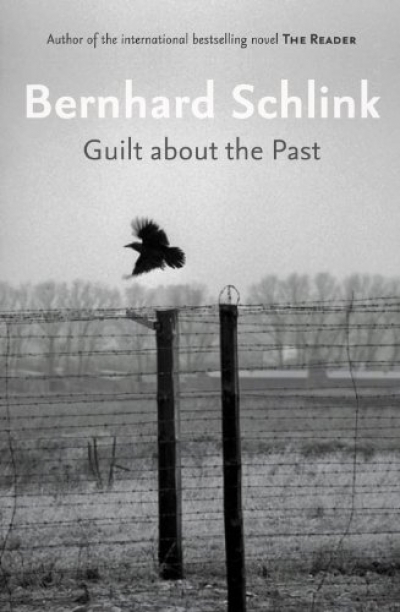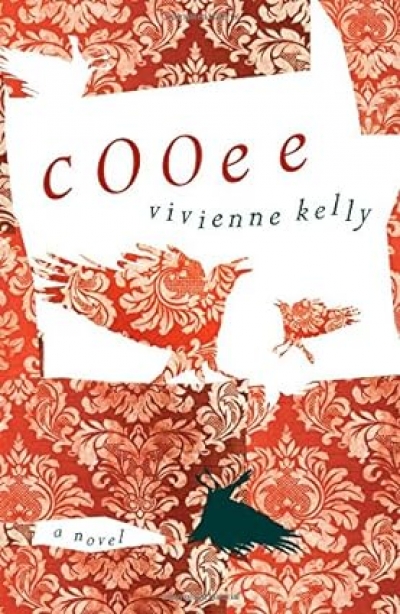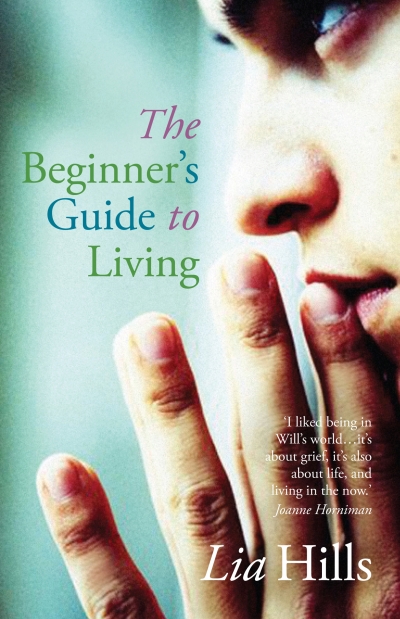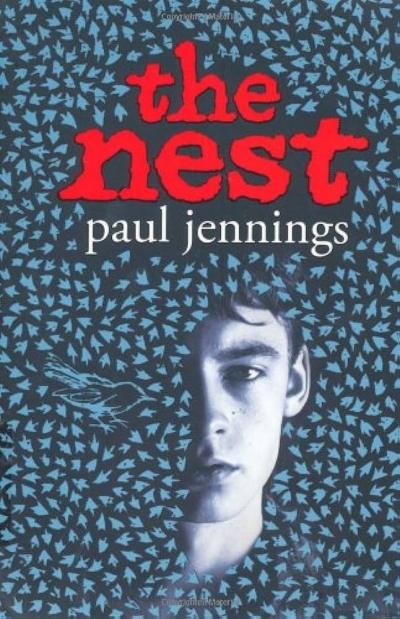Archive
Imposing Peace and Prosperity: Australia, Social justice and Labour reform in occupied Japan by Christine de Matos
by Wayne Reynolds •
Leo ‘Rumpole’ McKern: The accidental actor by George Whaley
by Brian McFarlane •
Freefall
must be like this,
The Beginner’s Guide to Living by Lia Hills & Posse by Kate Welshman
by Ruth Starke •









